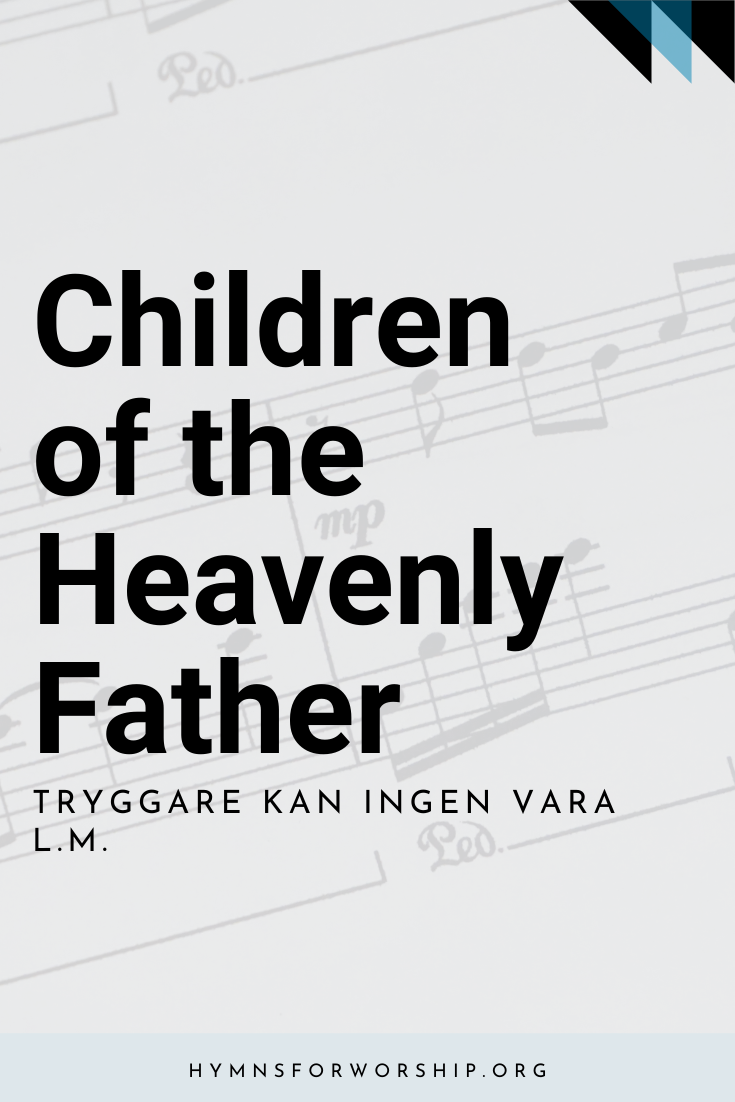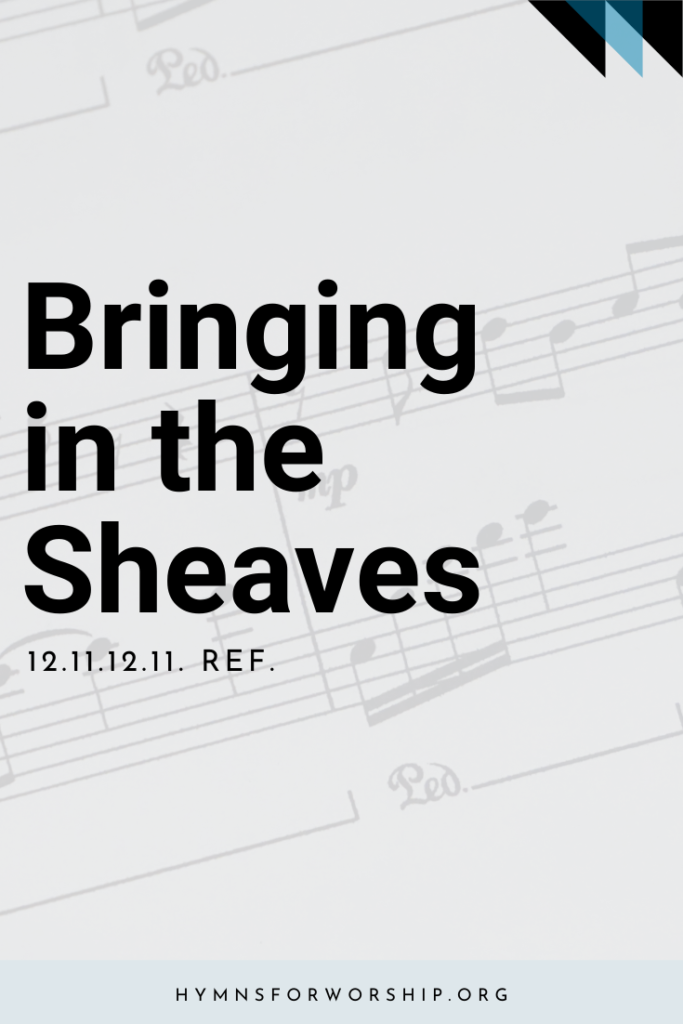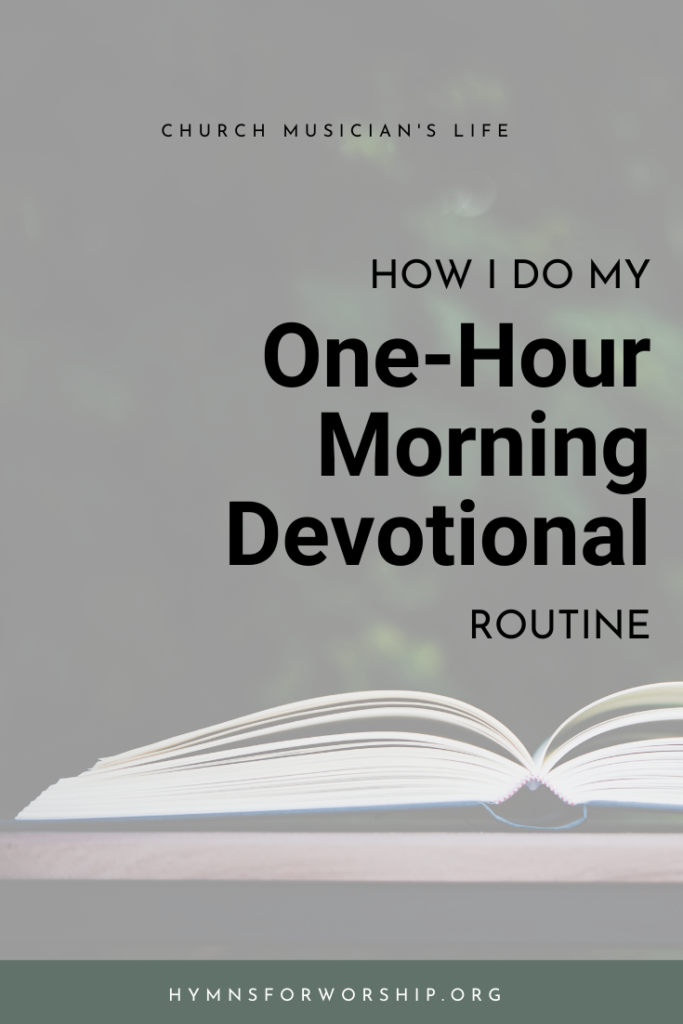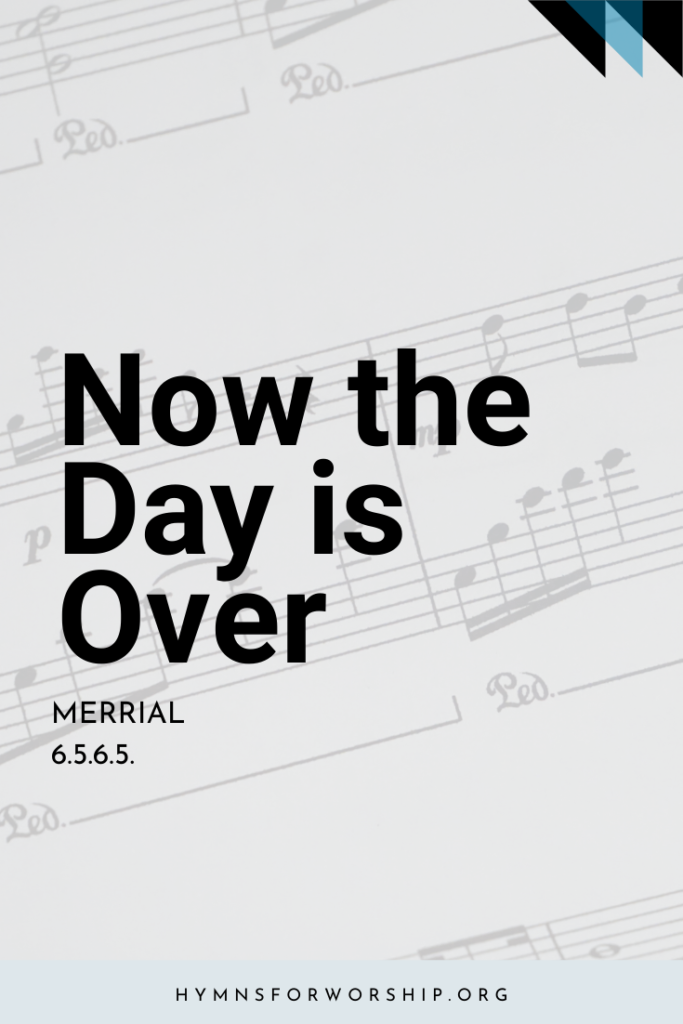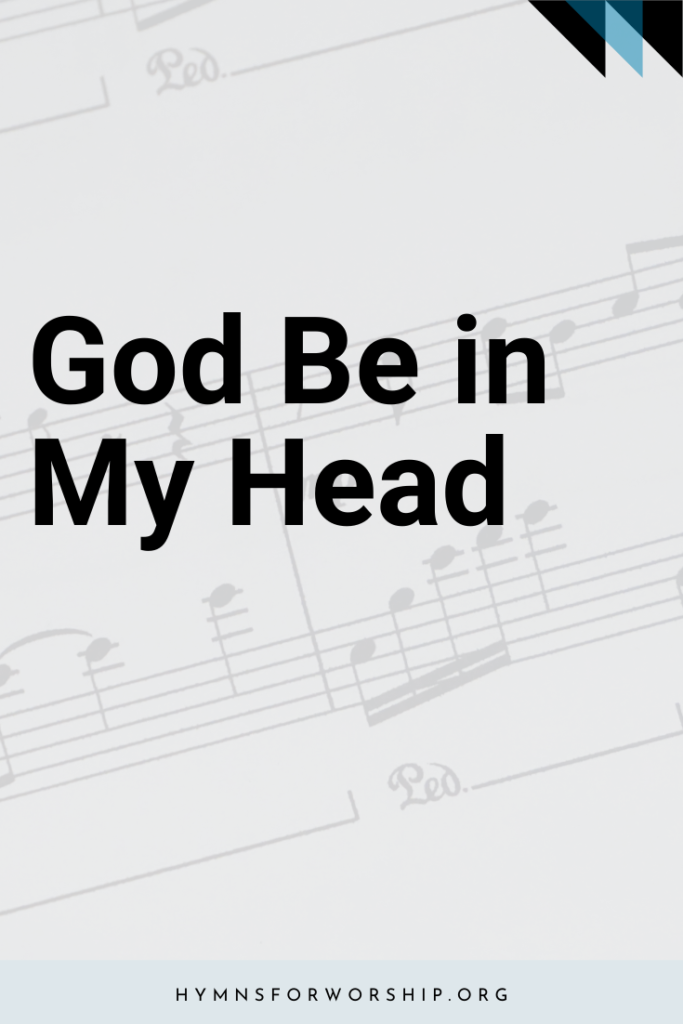GOD THE FATHER >> Faithfulness of God
SDAH 101
Children of the heavenly Father
Safely in His bosom gather;
Nestling bird nor star in heaven
Such a refuge e’er was given.
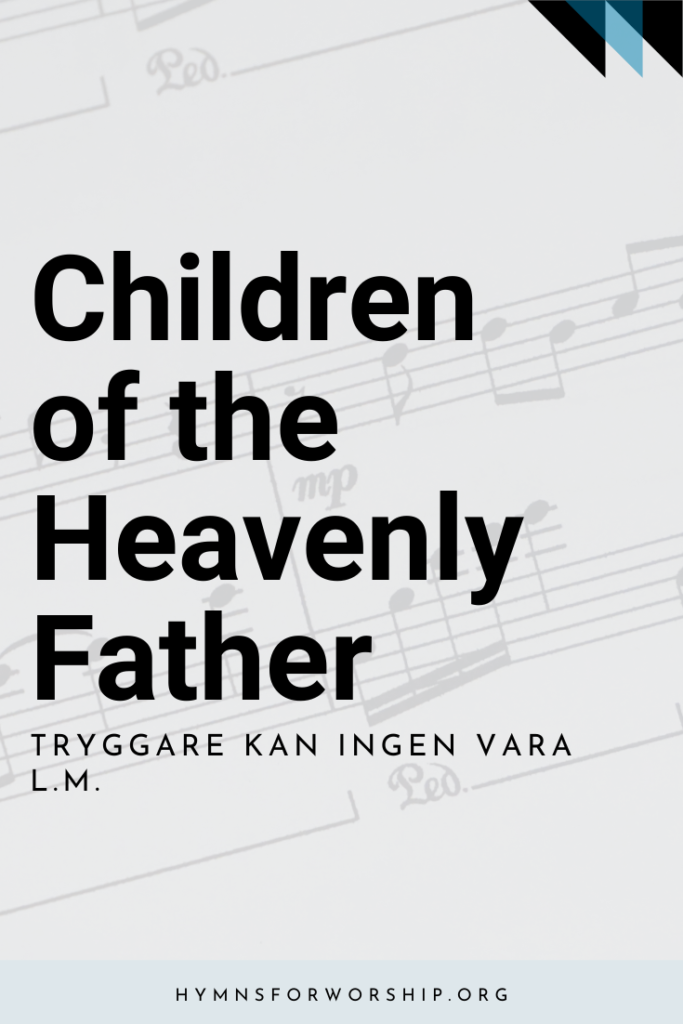
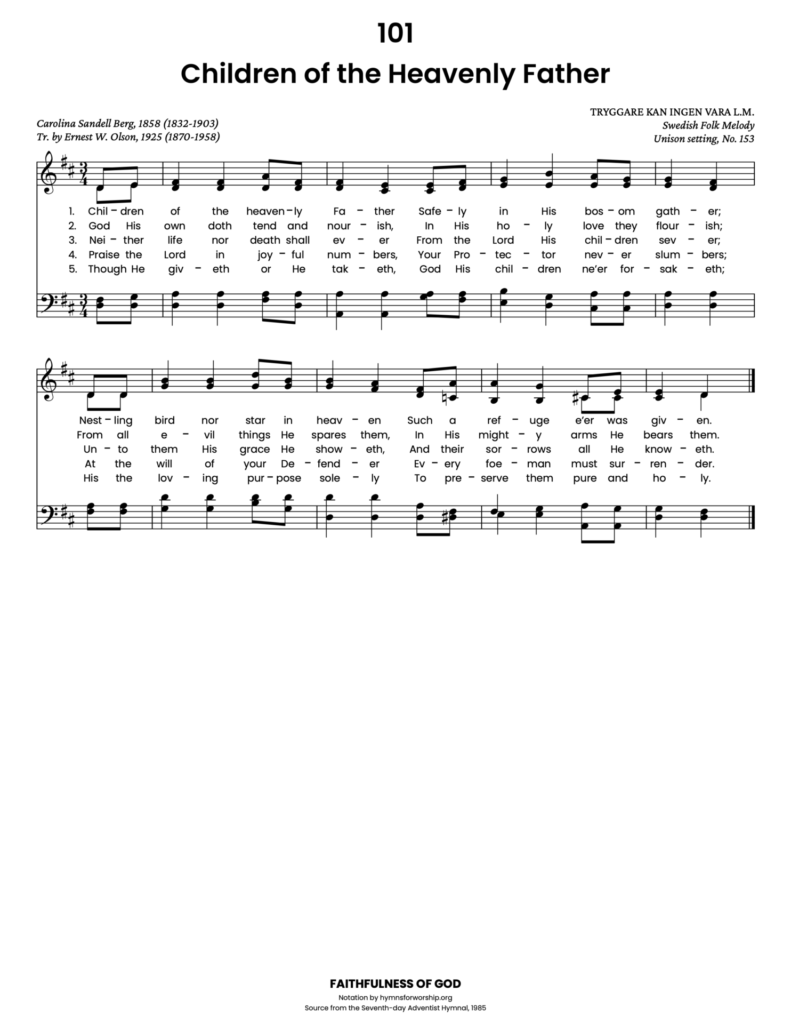
Get the hymn sheet in other keys here
For Worship Leaders
Make each hymn more meaningful with these helpful tools: Short, ready-to-use hymn introductions for church bulletins, multiple ways to introduce a hymn based on your worship theme and in-depth history and insights to enrich your song service.
Hymn Spotlight: Children of the Heavenly Father
Written by Lina Sandell, often called the “Fanny Crosby of Sweden,” this beloved hymn reflects a deep trust in God’s care, despite the sorrows she endured. She wrote it in her teens, years before witnessing her father’s tragic drowning—a loss that shaped many of her 650 hymns. Her words offer a tender reminder that God’s children are safe in His arms, watched over with loving care.
The Swedish melody, TRYGGARE KAN INGEN VARA, meaning “No one can be safer,” pairs beautifully with the text. As we sing, may we find comfort in the Father’s unwavering love and protection.


Text
1
Children of the heavenly Father
Safely in His bosom gather;
Nestling bird nor star in heaven
Such a refuge e’er was given.
2
God His own doth tend and nourish,
In His holy love they flourish;
From all evil things He spares them,
In His mighty arms He bears them.
3
Neither life nor death shall ever
From the Lord His children sever;
Unto them His grace He showeth,
And their sorrows all He knoweth.
4
Praise the Lord in joyful numbers,
Your Protector never slumbers;
At the will of your Defender
Every foe-man must surrender.
5
Though He giveth or He taketh,
God His children ne’er forsaketh;
His the loving purpose solely
To preserve them pure and holy.

Hymn Info
Biblical Reference
(a) Ps 103:13 (b) Isa 40:11 (c) Rom 8:38, 39 (d) Ps 121:4 (e) Job 1:21
Author
Carolina Sandell Berg (1832-1903)
Translator
Ernest W. Olson, 1925 (1870-1958)
Year Published
1858
Performance Suggestions
Unison setting SDAH 153
Copyright
Words copyright Board of Publication, Lutheran Church in America. Reprinted by permission.
Hymn Tune
TRYGGARE KAN INGEN VARA
Metrical Number
L.M.
Tune Source
Swedish Folk Melody
Theme
FAITHFULNESS OF GOD

